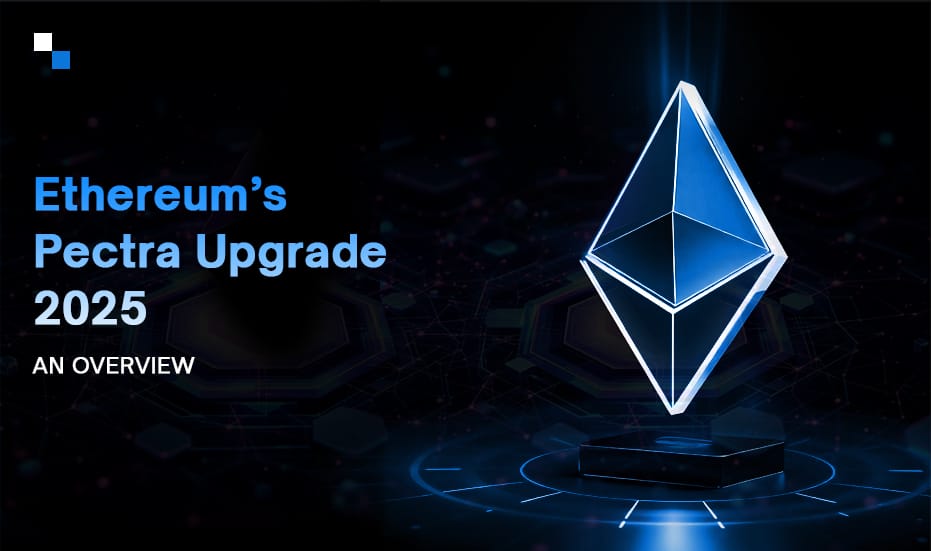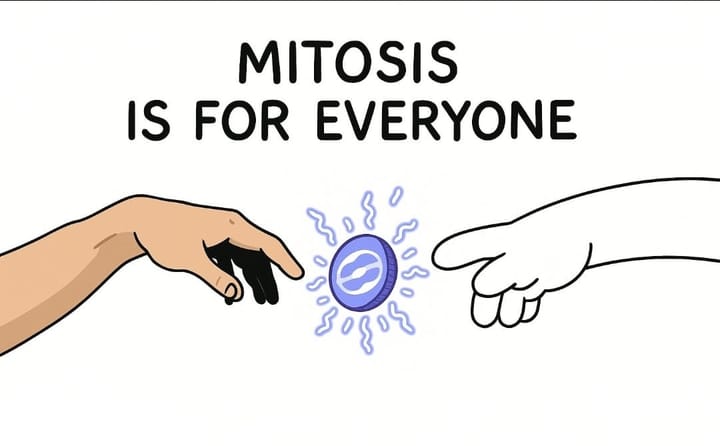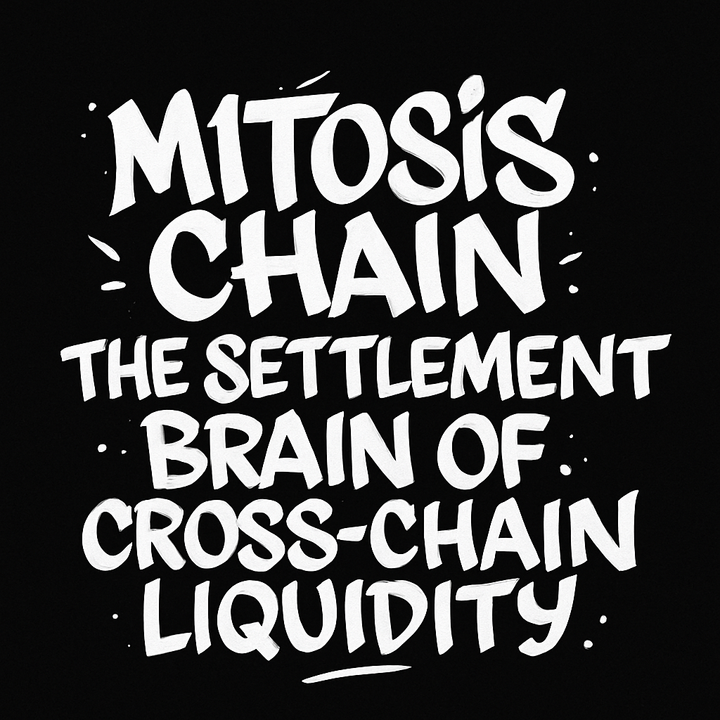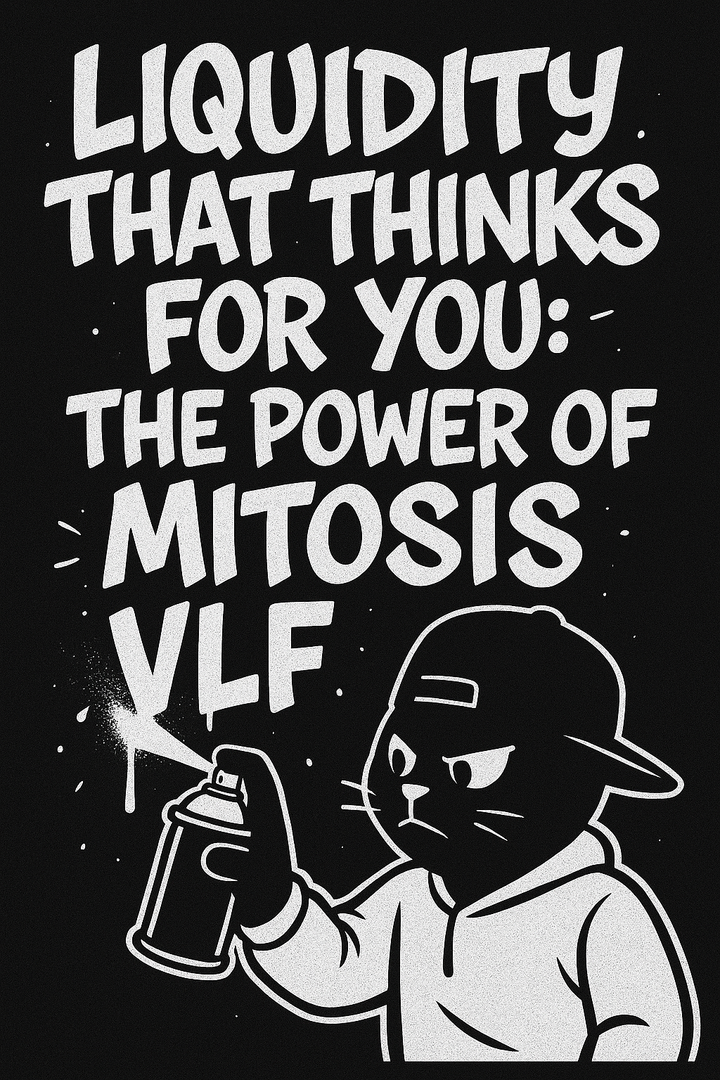Ethereum’s Pectra Upgrade: Comprehensive Analysis of Impacts for Developers, Validators, and Investors

TL;DR
The upcoming Pectra upgrade on Ethereum is one of the most significant milestones since the Merge. It introduces major improvements across developer tooling, validator operations, and investor efficiency. Key features include support for EIP-3074, changes to validator maximum effective balances, and proto-danksharding enhancements.
These upgrades aim to optimize scalability, user experience, and staking economics across the Ethereum ecosystem and its modular counterparts like rollups and appchains.
This article breaks down the core changes and how they impact Ethereum’s broader network participants from smart contract devs to institutional stakers.
Introduction
Ethereum upgrades are more than technical enhancements, they represent directional shifts in how the network evolves. Following the success of the Dencun upgrade, which laid the foundation for blobspace and scalable data availability, the Pectra hard fork continues Ethereum’s roadmap toward modularity and user-centric design.
Whether you’re a builder deploying to rollups, a validator securing the base layer, or an investor watching staking yields, understanding Pectra is crucial. This article explores how each stakeholder will be affected and what it means in the context of Ethereum’s emerging modular architecture.
1. What Is the Pectra Upgrade
“Pectra” is a portmanteau of Prague and Electra, the planned names for Ethereum’s upcoming hard forks for the execution and consensus layers, respectively. While subject to finalization, Pectra is expected to be implemented in late 2024 or early 2025.
The primary goals of Pectra include:
- Introducing EIP-3074 for enhanced smart contract delegation,
- Increasing validator maximum effective balance from 32 ETH to 2,048 ETH,
- Progressing toward proto-danksharding maturity,
- Improving user abstraction and developer experience.
2. Implications for Developers
a. EIP-3074 and Smart Contract Delegation
One of the most anticipated developer-facing changes is EIP-3074, which enables account abstraction without migrating to an entirely new account system. Through two new opcodes AUTH and AUTHCALL externally owned accounts (EOAs) can delegate actions to smart contracts, enabling:
- Meta-transactions,
- Batch execution,
- Gasless interactions.
This opens the door for seamless UX and will particularly benefit dApps operating across Layer 2 and modular rollups. Developers can now build logic-rich applications with improved onboarding, bridging the gap between EOAs and smart contract wallets.
b. Enhanced Blobspace Usability
Building on the blob infrastructure introduced in Dencun, Pectra will improve blob handling, making it easier for modular chains and L2s to submit compressed transaction data efficiently. This enhances Ethereum’s position as a data availability layer for modular ecosystems, benefiting protocols like Mitosis that rely on secure and scalable cross-chain communication.
3. Implications for Validators
a. Maximum Effective Balance Adjustmen
Pectra proposes increasing the maximum effective balance for validators from 32 ETH to 2,048 ETH. This means larger validators will be able to consolidate operations, reducing the number of required validator clients and improving operational efficiency.
For node operators and staking-as-a-service providers, this is a game-changer. It reduces infrastructure costs while allowing the Ethereum network to maintain a decentralized validator set.
b. Improved Light Client Support
The upgrade also contains consensus-layer improvements that enhance light client functionality, making Ethereum more accessible to zk-rollups and embedded devices. This is especially important for cross-chain validation and data syncing — a key building block for zero-knowledge bridges and zkVMs
4. Implications for Investors
a. Higher Capital Efficiency in Staking
With larger validator balances permitted, staking becomes more efficient. Institutional stakers and liquid staking protocols can streamline operations while earning competitive yields. This supports Ethereum’s economic security while making it easier to offer liquid staking tokens (LSTs) across chains.
b. Better User Abstraction = Broader Adoption
The integration of EIP-3074 directly improves UX, making Ethereum-based applications more intuitive and gas-efficient. This lowers the onboarding friction for new users and investors, expanding the potential market for apps built on Ethereum and its modular siblings.
Conclusion
Etheruem Pectra upgrade is a decisive step forward in the modular blockchain era. With changes that enhance smart contract flexibility, staking efficiency, and modular scaling, Pectra positions Ethereum as a more accessible and powerful foundation for a multichain future. As protocols like Mitosis continue to build ZK-native interoperability layers, Ethereum’s upgrades like Pectra make this vision even more achievable.
Internal Links
- How Mitosis Powers Modular Interoperability
- Why Shared Sequencers are Crucial for Rollup Scaling
- Understanding Zero-Knowledge Proofs in the Modular Stack



Comments ()